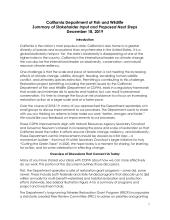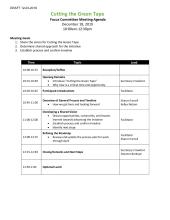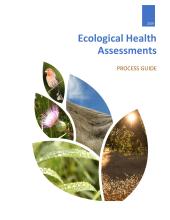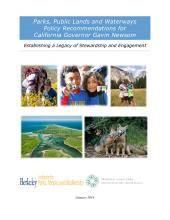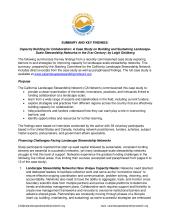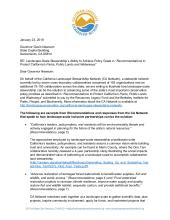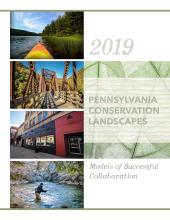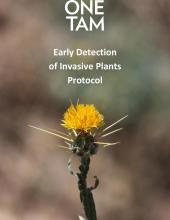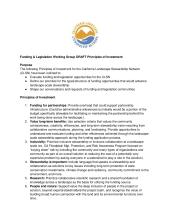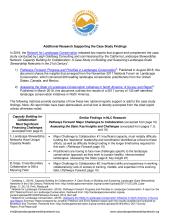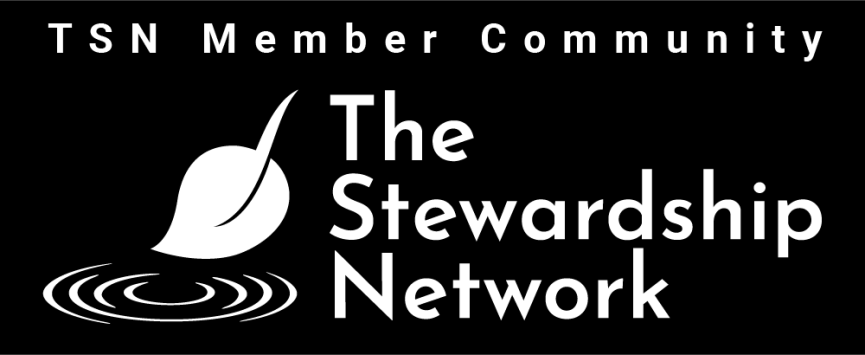- Details
-
Over the course of 2018-19, many of you approached the California Department Fish and Wildlife separately or in small groups to discuss improvements to our processes. The Department wants to share with you our thinking on reforms to help make our work “better, stronger, and faster.” We would like your feedback on improvements to our processes.
- Details
-
December 18, 2019
10:00am-12:30pmMeeting Goals
- Share the vision for Cutting the Green Tape
- Determine shared approach for the initiative
- Establish process and confirm timeline
- Details
-
Fundamental to understanding how to manage and steward the natural world, raise awareness, or inspire action is being able to describe how your resources are faring and what needs intervention, and to do so in a credible and compelling way.
One way that natural resource-based agencies, organizations, or partnerships may choose to do this is through an assessment of the state of their resources. While these “ecological health assessments” are often initially developed to create a baseline against which future change can be measured, they can also focus management priorities, educate the public, generate action, and/or increase financial or political support.
The process described here is based on what we did for Mt. Tamalpais. This is one approach you can use, but because every effort will be different, we have tried to make the process scalable—describing a more comprehensive and involved method followed by possible alternative approaches. Each reader will need to assess how, or if, to apply this advice to their own project. That said, we have called out key decision points for elements we feel are truly fundamental, no matter what approach you choose to take.
- Details
-
This paper identifies priority actions that California Governor Gavin Newsom's Administration can take to protect our parks, public lands, and waterways for the enjoyment of current and future generations.
- Details
-
This document summarizes the key findings from a recently commissioned case study exploring barriers to and strategies for improving capacity for landscape-scale stewardship networks. This summary, prepared by the Steering Committee for the California Landscape Stewardship Network, includes direct excerpts from the case study as well as paraphrased findings.
- Details
-
A companion letter to the Resources Legacy Fund's policy recommendations to California Governor Gavin Newsom.
- Details
-
"Pennsylvania’s Conservation Landscapes are an innovative framing of the conservation and stewardship of natural resources that contribute to the long-term sustainability of special regions throughout the commonwealth. Through place-based partnerships these landscape-scale initiatives are being widely recognized as models for successful collaboration in Pennsylvania and the nation."
- Details
-
Developed in 2016 and subsequently revised, this Early Detection Rapid Response protocol serves the invasive plant monitoring needs of the One Tam agencies. While this protocol is in routine use at One Tam, it is also a living document, with occasional changes to the species list or other elements.
- Details
-
This document provides examples of how two national reports support or add to the findings of the California Landscape Stewardship Network's Capacity Building for Collaboration case study.


